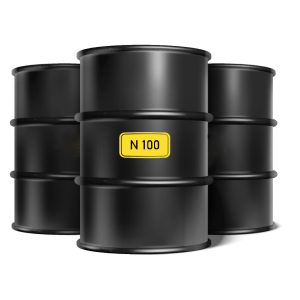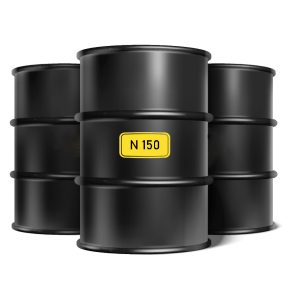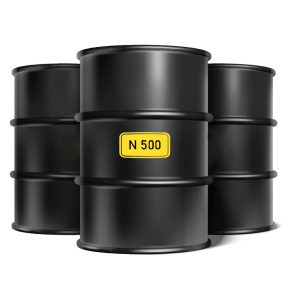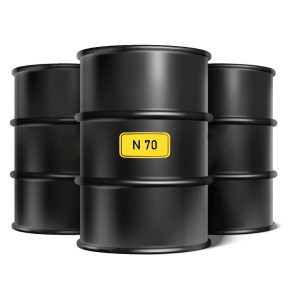Base Oil Group 2
Showing all 4 results
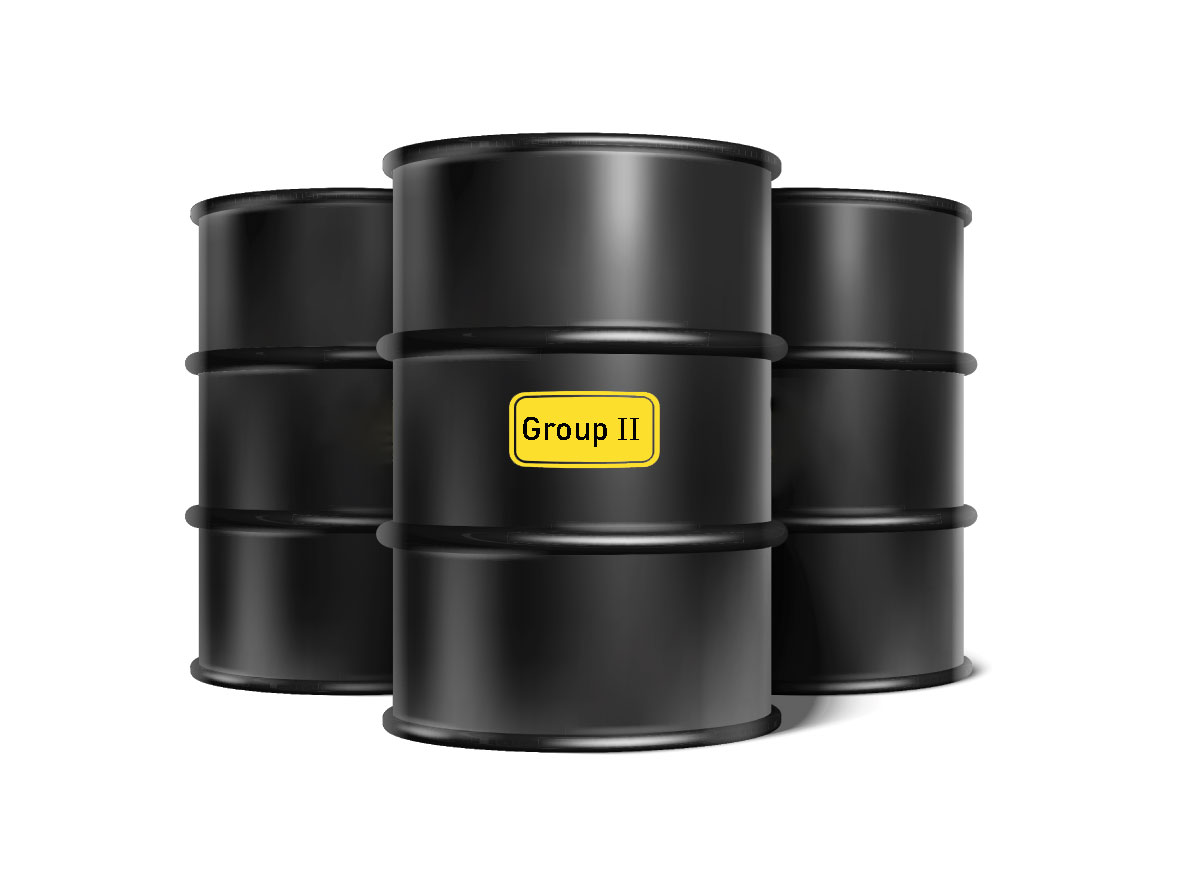
Buy Base Oil Group 2
More than 95% of crude oil is refined in refineries to produce gasoline, diesel and their derivatives. The rest is used to produce lubricants and base oils. Base oils are classified into 5 groups based on the amount of saturation, sulfur in the oil and viscosity index. The difference between each group and the other group is in the indicators that have been mentioned. In this article, we are going to cover the second class of base oils. It is a product that is sought after by engineers and experts due to its quality and efficiency.

What is base oil group 2?
Base oil group 2 is a group of refined oils whose saturation percentage is above 90%, its sulfur content is less than 0.03% and viscosity index is between 80 and 120. In the production of Group 1 base oil, only crude oil was heated and refined with neutral solvents. In addition to its pons, this method has cons. One of its disadvantages is their low acidification resistance; Products derived from base oils are used in environments with high heat and pressure. This makes them highly susceptible to dangerous reactions.
This reaction becomes a non-beneficial reaction and increases the amount of internal and external friction, viscosity and wear of the oil. This caused experts to think of a new way to refine crude oil. In the production of group 2 base oil, crude oil tolerates more heat than the previous method, and finally, by hydrocracking, its larger molecules are broken and become an alkane structure. The alkane structure is a saturated structure that can no longer react with oxygen. More heat and the hydrocracking method have improved the amount of internal friction and its antioxidant property.
| Property/Feature | Base Oil Group I | Base Oil Group II | Base Oil Group III |
|---|---|---|---|
| Saturation Level | < 90% | ≥ 90% | ≥ 90% |
| Sulfur Content | > 0.03% | ≤ 0.03% | < 0.03% |
| Viscosity Index (VI) | 80–120 | 90–120 | ≥ 120 |
| Color/Aroma | Darker, more odor | Clear, low odor | Water-white, no odor |
| Oxidation Stability | Moderate | Good | Excellent |
| Processing Method | Solvent-refined | Hydrocracked | Hydroisomerized |
| Typical Applications | Gear oils, basic lubes | Engine oils, hydraulics | High-performance oils |
| Cost Efficiency | Low | Balanced | Higher |
Difference between Base Oil Group 2 and other groups
Base oils are divided into five groups, the first three groups are refined from crude oil; The fourth category is artificially produced in laboratories and suitable spaces in a predetermined manner, and the fifth category refers to oils that are not included in the previous 4 categories. The difference between group 2 base oil and groups 1 and 3 is:
Amount of sulfur in oil
In group 1 base oil, more than 0.03% of the oil contains sulfur, while in base oil group II and 3, this amount is less than 0.03%.
viscosity index
This index shows how much the viscosity of a substance changes due to the application of heat and generated temperatures. This index is very important and vital for machines and devices that operate at different and high temperatures. For group 1 and 2, this index is defined in the range of 80 to 120. But for group 3, this number is more than 120. The higher this number is, the higher the production efficiency of a device.
saturation level
The degree of saturation in an oil means how much of the molecular structure of the substance is saturated. The degree of saturation has a direct relationship with the antioxidant index. No matter how much a substance is saturated with petroleum structure, it no longer reacts with oxygen and becomes an antioxidant. In group 1 base oil, this index is less than 90%, that’s why group 1 base oil is not a good option for huge devices that operate at different temperatures. On the other hand, Base Oil Group 2 and 3 can meet the needs of industries well due to the saturation level above 90%.
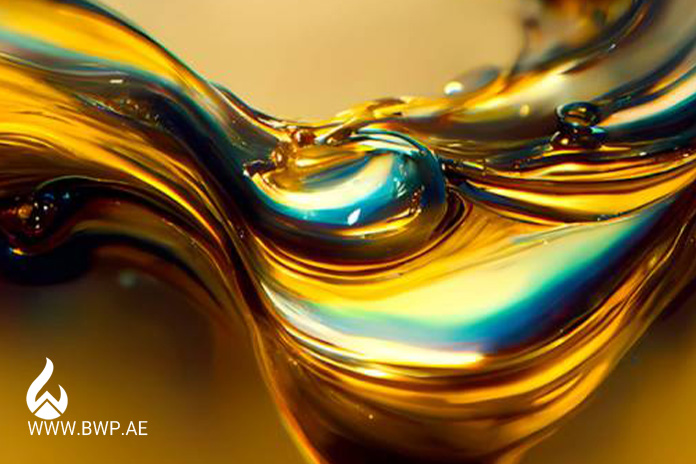
Characteristics of group Base Oil Group 2
In the previous section, the amount of saturation, viscosity index and the percentage of available sulfur were mentioned. Next, we want to check the characteristics of kinetic viscosity, pour point and flash point for group 2 base oil.
The kinetic viscosity of group 2 base oil at 100 degrees is from 3.5 to 5.5 mm2/s.
The pour point of this product is between minus 12 and minus 15 degrees Celsius.
The flash point, which is called the ignition point of the oil, is between 170 and 220 degrees Celsius.
Applications of group Base Oil Group 2
So far, you have learned about the definition, characteristics and difference between Group 2 oil and other oils. In the following, we intend to tell what these features and differences are useful for the industry and in what direction they can meet the needs.
1- Production of passenger car oils
Gasoline engines of cars are made up of cylinders and pistons. To make the pistons work smoothly, the cylinders must be lubricated. Cars and passenger vehicles operate at the highest possible temperature in the middle of the day, when they are most needed, and turn off late at night when they are no longer needed. This means that the oil in these engines operates at different temperatures, so it must have a high viscosity index. Also, some car drivers usually do not change the engine oil periodically and use the engine oil for a long time. These two cases have caused them to use group 2 base oil in the production of car oil. Of course, motor oils made from group 2 base oil have a relatively higher price than other oils.
2- Production of turbine oil and hydraulic oil
Turbine oil and hydraulic oil have slight differences. Hydraulic oils are used for power transmission in machines and industries; On the other hand, turbine oil is used for lubrication between ball bearings, bearings, shafts and reduction equipment.
According to the definition, hydraulic oils must have high pressure tolerance and be anti-wear and corrosion. On the other hand, turbine oil must protect surfaces from rusting and have anti-foam properties.
3- Production of special oils for boats and ships
Ships need engines to move. Considering the weight of the ship itself and the amount of goods loaded, this engine must have a high capacity and operate at a very high temperature. To lubricate the device in the ship’s engine room, one should use an oil that does not evaporate at high temperature, maintains its lubricating properties, and does not start burning inside the machines. According to the characteristics of group 2 oil, this oil can be a good lubricant for ship and boat engines.
How to package and present this product
These products are offered in bulks and tankers to customers who can coordinate this issue with our experts when purchasing.
requently Asked Questions About Base Oil Group 2
- What is Base Oil Group 2?
Base Oil Group 2 is a category of mineral base oils that are refined using hydrocracking and hydrotreating processes, resulting in higher purity, better oxidation stability, and a higher viscosity index compared to Group 1 oils. - How is Group 2 base oil different from Group 1?
Group 2 base oils have lower sulfur content, better color, higher viscosity index (typically 90–120), and improved performance in high-temperature environments. They are more refined and offer cleaner combustion. - What are the typical applications of Group 2 base oils?
Group 2 base oils are commonly used in automotive engine oils, industrial lubricants, hydraulic fluids, and transmission oils. They are often preferred for modern lubricant formulations due to their performance and cost-efficiency.


